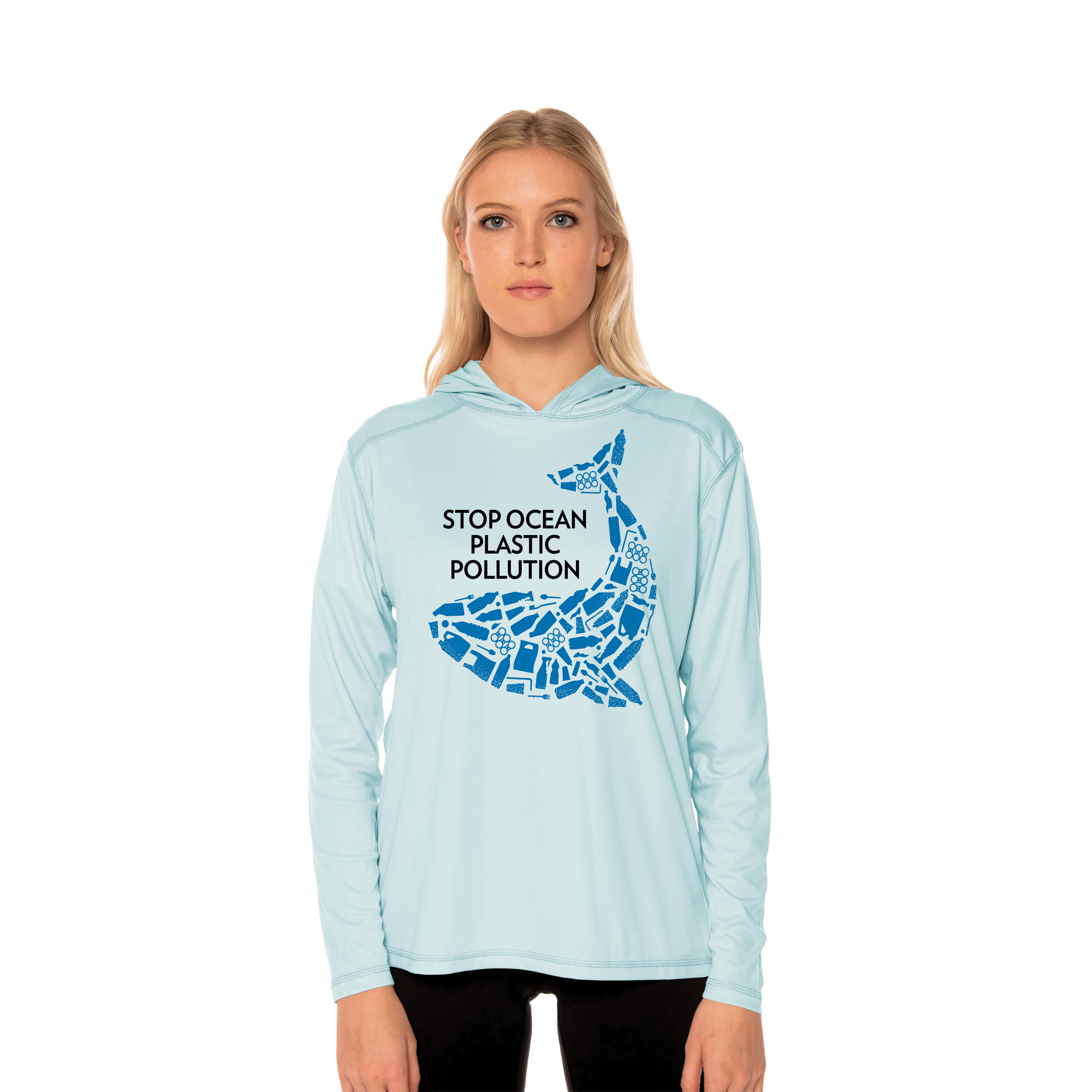Pre-pandemic, sun protective clothing was one of the fastest growing segments of the entire apparel industry. There were a number of factors contributing to the growth. People are more aware than ever before that you need to protect yourself from the sun’s rays. It seems like everyone knows someone who has dealt with skin cancer. All it takes is one trip to the beach to see demand is rising. You will see children and adults wearing long-sleeve wicking performance tops designed to protect and keep them comfortable as well. Fitness trends such as hiking, biking, kayaking and others continue to grow in popularity. Leisure sports activities also help drive the demand and awareness of this clothing category. Now, with indoor activities essentially off-limits as we attempt to stop the spread of coronavirus, those outdoor activities have only grown in popularity.
As promotional products professionals, it is our job to react to our clients’ needs. But our role also includes steering our clients into viable trends that add value to their strategic objectives. Compassion and fashion? Yes. These days, what is more compassionate than wanting to protect your clients, their customers and their employees? Clothing typically is relegated to the obvious marketing benefits. But in this case, the product delivers a message that you care about the message the apparel is sending to the person who will be wearing it. This is especially valuable to clients who have outdoor related products or teams in the field. Don’t let this unique product positioning opportunity pass you by.
Speak With Authority
Sun Protection 101: Key factors about this product category:
- It’s UPF, not SPF. UPF is for clothing. SPF is for sun protection creams.
- UPF50+ is the gold standard in protective clothing anything is limits value.
- Most “regular” shirts have a UPF rating between 8 and 20.
- The color of a garment actually impacts the UPF rating.
- Polyester and polyester/Lycra fabrics dominate the UPF clothing landscape.
- Most UPF apparel has moisture-wicking and antimicrobial characteristics.
- Higher-quality UPF fabrics can also serve as a base-layer garment as well.
Things to consider when selecting a UPF50+ apparel partner:
- Any company that sells UPF/sun protection clothing should be able to provide third-party testing data to prove the advertised UPF rating.
- Sublimation is a great way to decorate UPF clothing, so be sure this is an option with your vendor.
- Does your vendor offer UPF50+ clothing, multiple decorating services and fulfillment services? A one-stop shop can prevent finger-pointing and production delays.
- Some UPF clothing will lose its UPF rating from washing and drying. Conversely, some brands will see their ratings increase from the same washing and drying. Make sure you are selecting quality that supports the sun protection claims you make to your clients for the long term.
- UPF hangtags should be available to ensure your clients can share the sun protection message easily.
- Certifications matter. Not all garments are recognized by the Skin Cancer Foundation, Melanoma Foundation or others. So ask your vendor about it.
Sustainability Story
Some UPF50+ product offerings use sustainable fabrics. Telling your clients that they are removing 16 water bottles from the waterways and protecting themselves from the sun is a win-win-win. Companies like UniFi, with its Repreve recycled polyester, are changing the sustainability landscape.

How to position UPF50+ clothing with your clients
Your clients may need assistance in understanding how this category of clothing should be positioned. Here are some bullet points you can use to guide your buyers:
- Sun protection clothing is not just for the beach. It is ideal for most outdoor activities and can be used year round.
- These are performance garments that keep you comfortable all year long. Performance fabrics moderate your temperature. They keep you warmer in the cold months and cooler in the summer.
- You care—about your buyers and their reputation, and about protecting wearers from the impact of UV.
- Base layer: Winter events are an ideal place for these garments, which can be positioned as a base layer. The shirts can be effective 365 days a year.
Add Value With Sublimation Printing
All print technologies have their sweet spot, and sublimation is no exception to this rule. Sublimation wins in several ways with the UPF apparel market. For starters, sublimation is only possible on white and lighter colored shirts, unless you are doing cut and sew production. Light blue, pearl gray, seagrass or seafoam, yellow, light pink and several mid-density colors can be effective with sublimation printing. Lighter colors are obviously more comfortable when you are in the sun, so this makes sense on several levels.
Decoration
Don’t be fooled by urban legends. Sublimation can be a very effective decorating technology on light-colored garments. Heat-set poly-based fabrics in a multitude of light colors deliver a professional, “fully decorated” style that white shirts just can’t replicate. Using spot-hit (single-location) sublimation printing can drive profits for your promotional business and satisfy customers.
Screen printing and heat transfers are other options, and a requirement for darker colors. Dark colors with contrasting light-color printing can provide a bold look. The only drawback is that these performance wicking shirts will lose their moisture-management properties in the decorated areas.
As you can see, there are many ways to deliver value to your clients with this category. It changes the conversation a bit and offers you a way to bring a new thinking to their apparel decisions. Company retreats, Earth Day, fun runs, employee apparel, winter events—the list of potential applications is long when you lead with sun protection.



